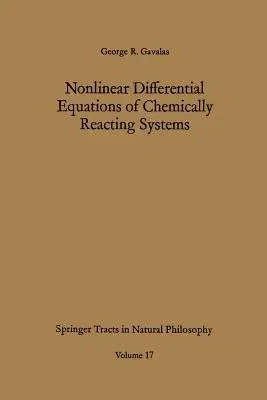George R Gavalas
(Author)Nonlinear Differential Equations of Chemically Reacting Systems (Softcover Reprint of the Original 1st 1968)Paperback - Softcover Reprint of the Original 1st 1968, 12 June 2012

Qty
1
Turbo
Ships in 2 - 3 days
In Stock
Free Delivery
Cash on Delivery
15 Days
Free Returns
Secure Checkout
Part of Series
Springer Tracts in Natural Philosophy
Print Length
110 pages
Language
English
Publisher
Springer
Date Published
12 Jun 2012
ISBN-10
3642876455
ISBN-13
9783642876455
Description
Product Details
Author:
Book Edition:
Softcover Reprint of the Original 1st 1968
Book Format:
Paperback
Country of Origin:
NL
Date Published:
12 June 2012
Dimensions:
23.39 x
15.6 x
0.66 cm
ISBN-10:
3642876455
ISBN-13:
9783642876455
Language:
English
Location:
Berlin, Heidelberg
Pages:
110
Publisher:
Weight:
185.97 gm

